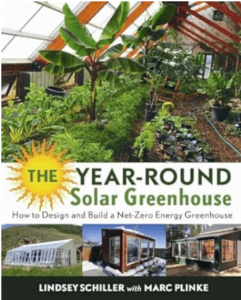Nuclear Energy vs Green Energy:
In a world grappling with the consequences of climate change, the debate over energy sources has never been more pressing. The choices we make today will shape our future. Should we embrace nuclear energy, a powerful but often controversial option, or focus solely on green energy, which offers clean, renewable power but comes with challenges? Understanding the benefits and drawbacks is essential in making informed decisions about the future of energy.

What is Nuclear Energy?
Nuclear energy is derived from the core of atoms—those tiny building blocks of matter made up of protons and neutrons. This energy can be harnessed through nuclear fission, where the nucleus of an atom splits, or nuclear fusion, where nuclei combine. Currently, most nuclear power plants rely on fission to produce energy.
How Does Nuclear Energy Work?
In a nuclear power plant, fission is used to split uranium atoms. When the atoms split, they release energy in the form of heat. This heat is then used to turn water into steam, which spins turbines and generates electricity.
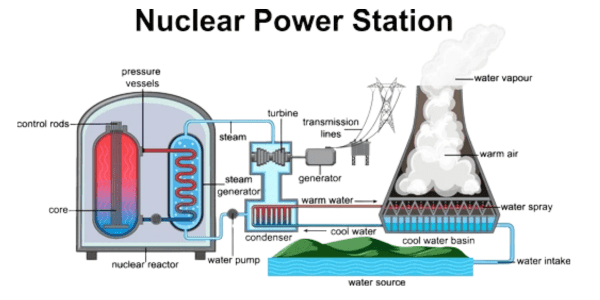
Understanding Nuclear Fission
Nuclear fission occurs when a neutron bombards the nucleus of a uranium atom. This causes the atom to split into smaller parts, releasing more neutrons and energy. These neutrons then split other atoms, creating a chain reaction that generates massive amounts of energy.
The Process Behind Nuclear Energy Production
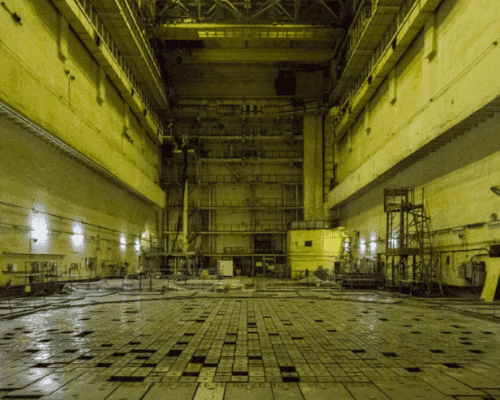
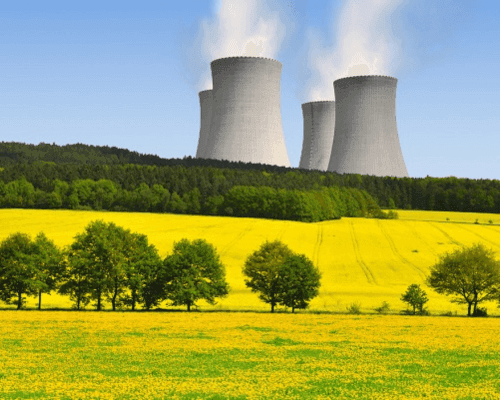
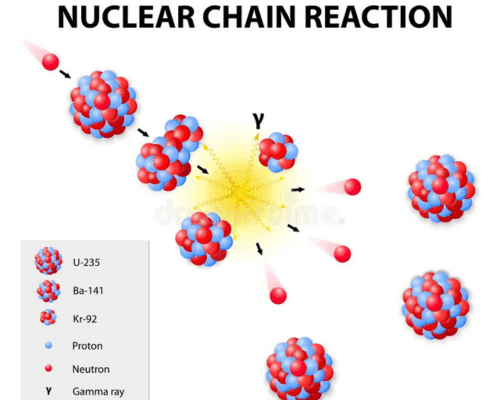
Inside a Nuclear Power Plant
Nuclear reactors are the heart of nuclear power plants, where fission reactions are carefully controlled. Uranium-235 is the primary fuel used, and its enriched form undergoes fission to generate heat.
The Role of Uranium in Nuclear Energy
Uranium, a naturally occurring metal, has two critical isotopes—Uranium-238 and Uranium-235. Only Uranium-235 is suitable for fission, so it’s enriched before being used in reactors.
The Chain Reaction of Fission
A single fission event releases a tremendous amount of energy. The process continues as released neutrons hit other uranium atoms, maintaining the chain reaction and producing sustained energy output.
Environmental Impact of Nuclear Energy
Advantages of Nuclear Energy
Nuclear energy generates electricity with virtually no carbon emissions, making it a low-carbon option in the fight against climate change. It can also produce large amounts of power from a relatively small amount of fuel.
Nuclear Waste and Its Disposal
One major drawback of nuclear energy is the waste it produces. Radioactive waste must be stored safely for thousands of years, posing a long-term environmental challenge.
The Future of Advanced Nuclear Reactors
Newer generations of nuclear reactors aim to reduce waste production and improve safety. These innovative reactors are expected to be operational by 2030, offering a more sustainable approach to atomic energy.
Green Energy: A Cleaner Alternative?
Green energy refers to power derived from renewable sources like the sun, wind, and water. Unlike fossil fuels, green energy is considered more environmentally friendly and does not produce harmful greenhouse gases.
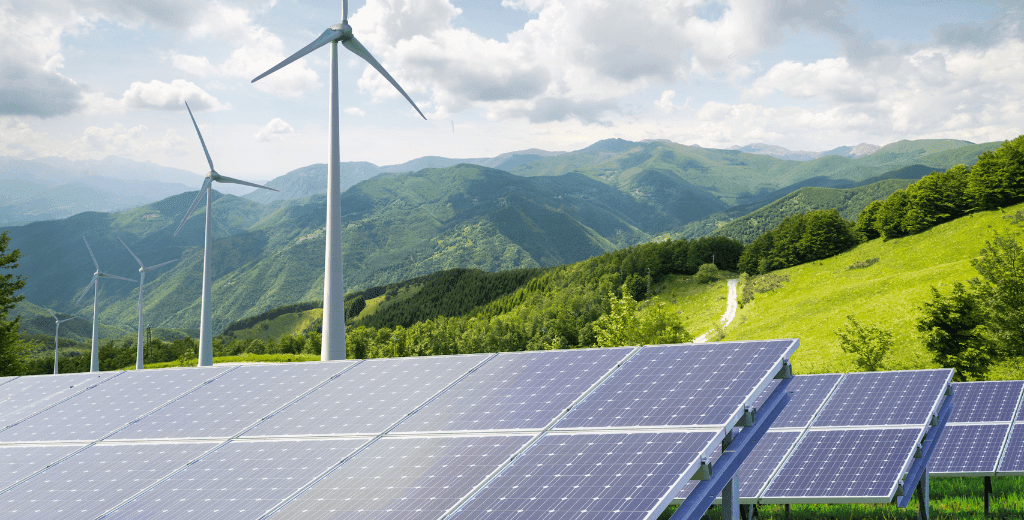
Types of Green Energy Sources
- Solar Energy: Harnesses energy from the sun using solar panels.
- Wind Power: Wind turbines are used to convert kinetic energy into electricity.
- Hydropower: Generates power from the flow of water in rivers or dams.
- Biomass: Converts organic material into energy through combustion or fermentation.
- Geothermal Energy: Taps into heat stored beneath the Earth’s surface.
How Green Energy Works
Converting Natural Resources into Electricity
Green energy systems capture naturally occurring resources—sunlight, wind, water, etc.—and convert them into electricity. For example, solar panels use photovoltaic cells to turn sunlight into power, while wind turbines harness wind energy to spin a generator.
Benefits of Green Energy
Green energy is a clean, renewable solution with minimal environmental impact. It produces little to no emissions, helping to reduce air pollution and mitigate climate change. Furthermore, green energy creates jobs in sectors like wind and solar power, stimulating economic growth.
Comparing Nuclear VS Green Energy


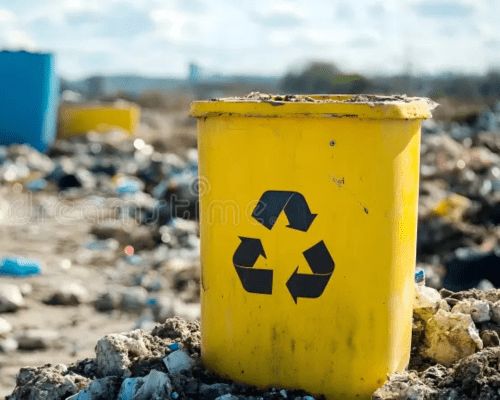
Efficiency and Cost
Nuclear power incredibly efficient, producing large amounts of energy from a small land area. it’s costly to build and maintain nuclear plants. On the other hand, green energy has become more affordable over time, but its efficiency depends on weather conditions and geographic location.
Safety Considerations
Both energy sources present safety challenges. Nuclear energy is associated with risks stemming from radioactive waste and potential accidents, whereas green energy, while significantly safer, faces issues related to variability and storage.
Waste Management
Nuclear energy generation produces radioactive waste, necessitating meticulous long-term storage solutions. In contrast, renewable energy sources produce negligible waste, rendering them more environmentally sustainable.
Green Energy vs. Nuclear Energy in Climate Change Mitigation
How They Help Reduce Carbon Emissions
Nuclear energy and renewable energy sources are essential to decrease carbon emissions. Nuclear energy contributes a substantial portion of the global carbon-free electricity supply. In contrast, renewable energy is regarded as a more sustainable solution for the long term, characterized by reduced risks and a lesser impact on the environment.
Global Energy Needs and Their Role in Combating Climate Change
To address worldwide energy requirements and tackle climate change, a balanced strategy that incorporates nuclear and renewable energy sources may be essential. Atomic energy can deliver substantial power on a large scale, whereas renewable energy presents advantages in terms of scalability and environmental sustainability.
The Drawbacks of Green Energy
Reliability Concerns
In contrast to nuclear energy, renewable energy sources are contingent upon environmental factors. Solar energy relies on sunlight, while wind energy necessitates steady winds for electricity generation, reducing reliability in specific areas.
Energy Storage Challenges
The storage of renewable energy remains costly and presents significant technological hurdles. Advancements in battery storage technology are essential to guarantee a reliable power supply when solar or wind energy generation is insufficient.
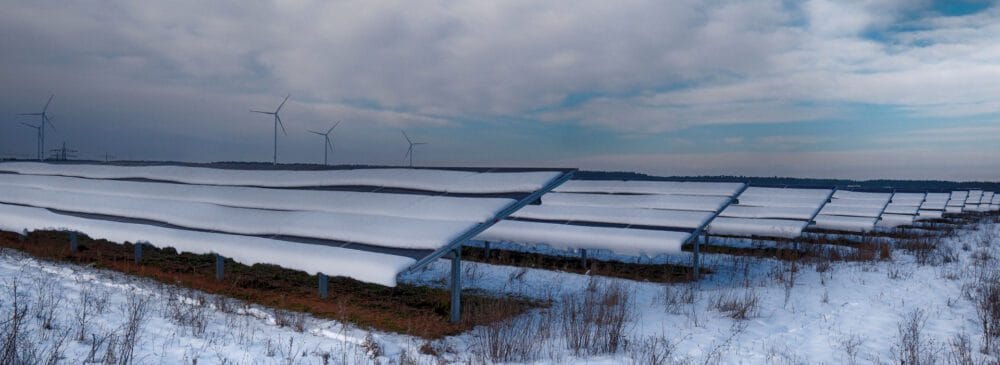
The Future of Nuclear and Green Energy
Future Developments
With the ongoing advancements in nuclear and renewable energy technologies, we can anticipate the emergence of more efficient and safer systems. Atomic reactors are evolving to be more secure and generate less waste, while methods for storing and producing renewable energy are consistently enhancing.
The Importance of Policy and Regulation
Government policies and regulations are pivotal in shaping the future of both energy sources. Investing in research and infrastructure is crucial to enhance the development of green energy while simultaneously ensuring the safety of nuclear power.
Which Energy Source is the Best for a Sustainable Future?
The future of energy lies in a combination of both nuclear and green energy. Each has its strengths and weaknesses, but together, they can provide a reliable, low-carbon energy mix that meets global demands and reduces our impact on the planet. Choosing the right balance will depend on innovation, investment, and the willingness of governments and industries to commit to a sustainable future.
Do you have a backyard farm? The Year-round Solar Greenhouse a comprehensive guide to designing and building greenhouses that harness and store energy from the sun to create hot greenhouses. to create naturally heated, lush growing environments even in the depths of winter, covering principles of solar greenhouse design and siting, glazing material properties and selection, controlling heat loss, ventilation, and construction methods … check out this book, it might be your best choice in building your backyard the right way.
FAQS
Is nuclear energy safe?
Yes, modern nuclear plants are designed with multiple safety measures. However, accidents can occur, and radioactive waste management remains a challenge.
What is the main advantage of green energy?
Green energy is renewable and produces little to no carbon emissions, making it an environmentally friendly option for reducing pollution.
Can green energy fully replace fossil fuels?
Green energy has the potential to replace fossil fuels, but advancements in energy storage and infrastructure are required to ensure a reliable supply.
Why is nuclear energy controversial?
Nuclear energy is controversial due to concerns about accidents (like Chornobyl or Fukushima), radioactive waste, and high initial costs for building power plants
- Battle of the AIs : ChatGPT vs. Google Gemini
- Best Devices for a Smart Home: Top Picks for a Future-Ready Household
- TikTok Under the Microscope: What Years of Investigation Revealed
- Out of Cell Service or Wi-Fi After Hurricane Milton? Here’s How to Send Text Messages via Satellite
- Eco Gadgets for Home: 10 Smart Gadgets for a Greener Lifestyle”
- Companies with Best Cyber Security: The Leaders You Can Trust to Keep Your Business Safe

